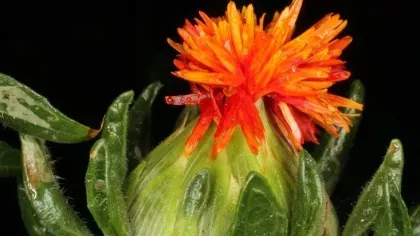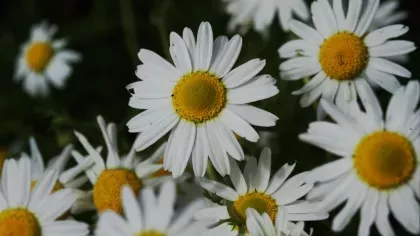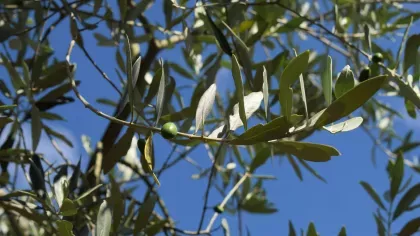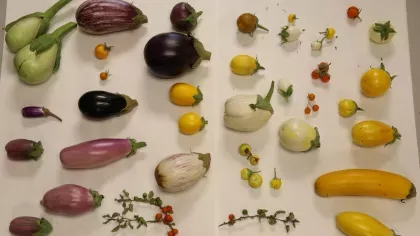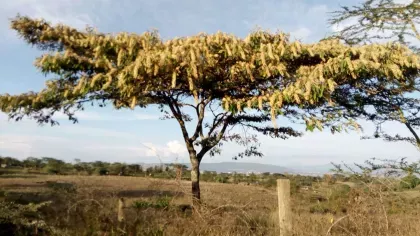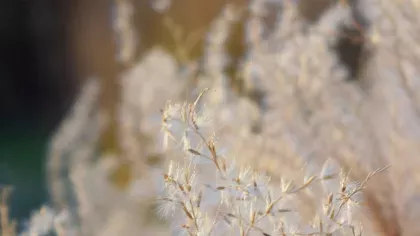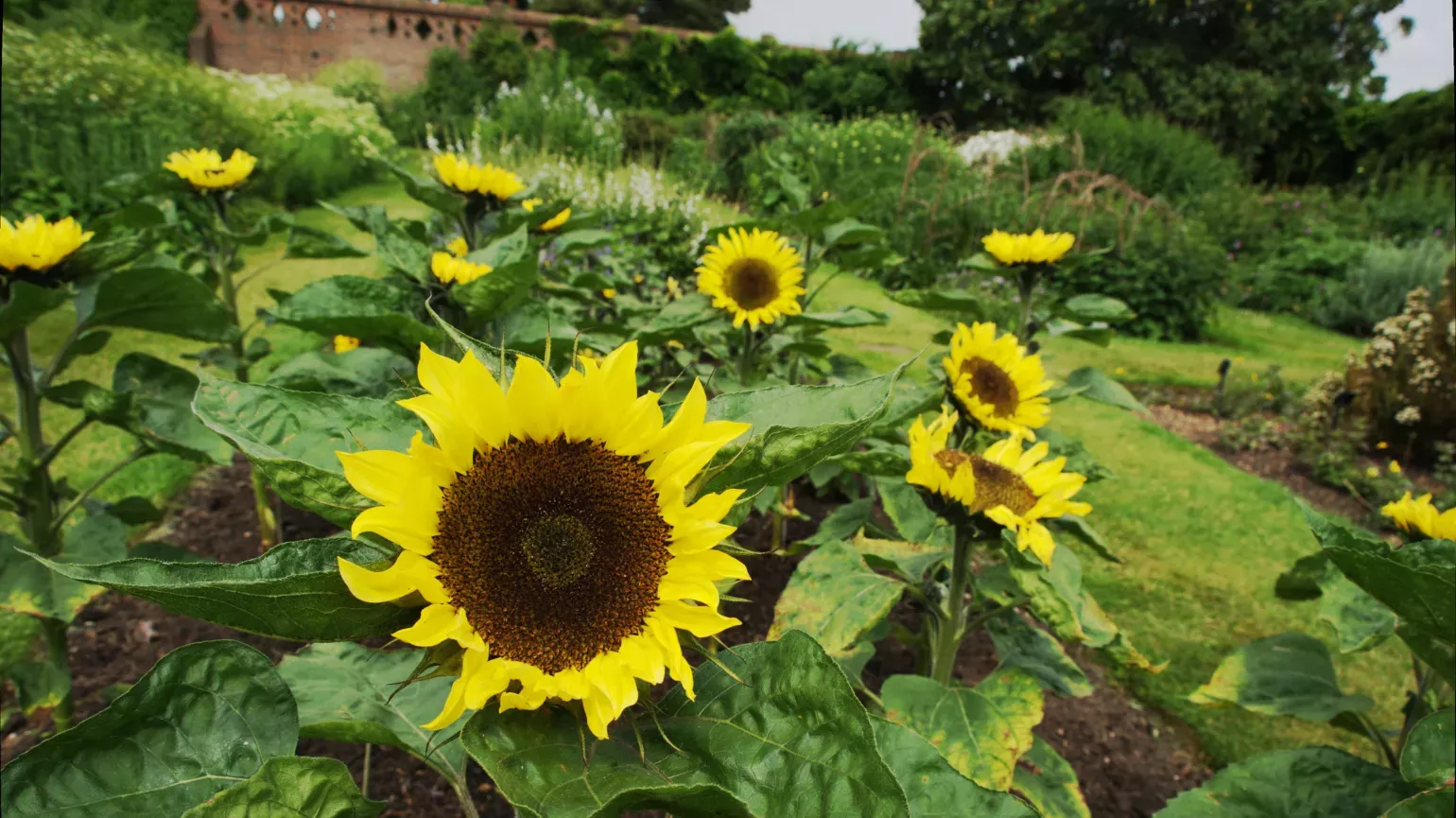
Common sunflower
On this page
First domesticated from its wild ancestor over 5,000 years ago by Native American peoples, the sunflower is both an elegant ornamental and a crucial food crop.
Colonialists brought the plant to Europe during the 16th Century, where it proved popular as both a food and decoration.
By the 19th Century, the common sunflower was being grown on a wide scale in Russia, Ukraine and other parts of South-East Europe, where they are still commercially farmed today.
It is widely believed that sunflowers are heliotropic, meaning they follow the sun throughout the day. But, only immature sunflower buds move from east to west, the mature flowers permanently face east.
Plant description
The common sunflower has a green erect stem covered in coarse hairs, growing on average around 2m tall. The leaves are broad, with serrated edges, and are alternately arranged on the stem. The ‘flower’ of the common sunflower is actually a pseudanthium, or flowerhead, made up of many small flowers. The outer yellow ‘petals’ on the flowerhead are known as ray flowers and are made up of multiple petals fused together. Ray petals are usually yellow but can sometimes be red or orange. The black-brown flowers in the centre of the head, called disk flowers, grow in a spiral formation, and mature into sunflower seeds over time.
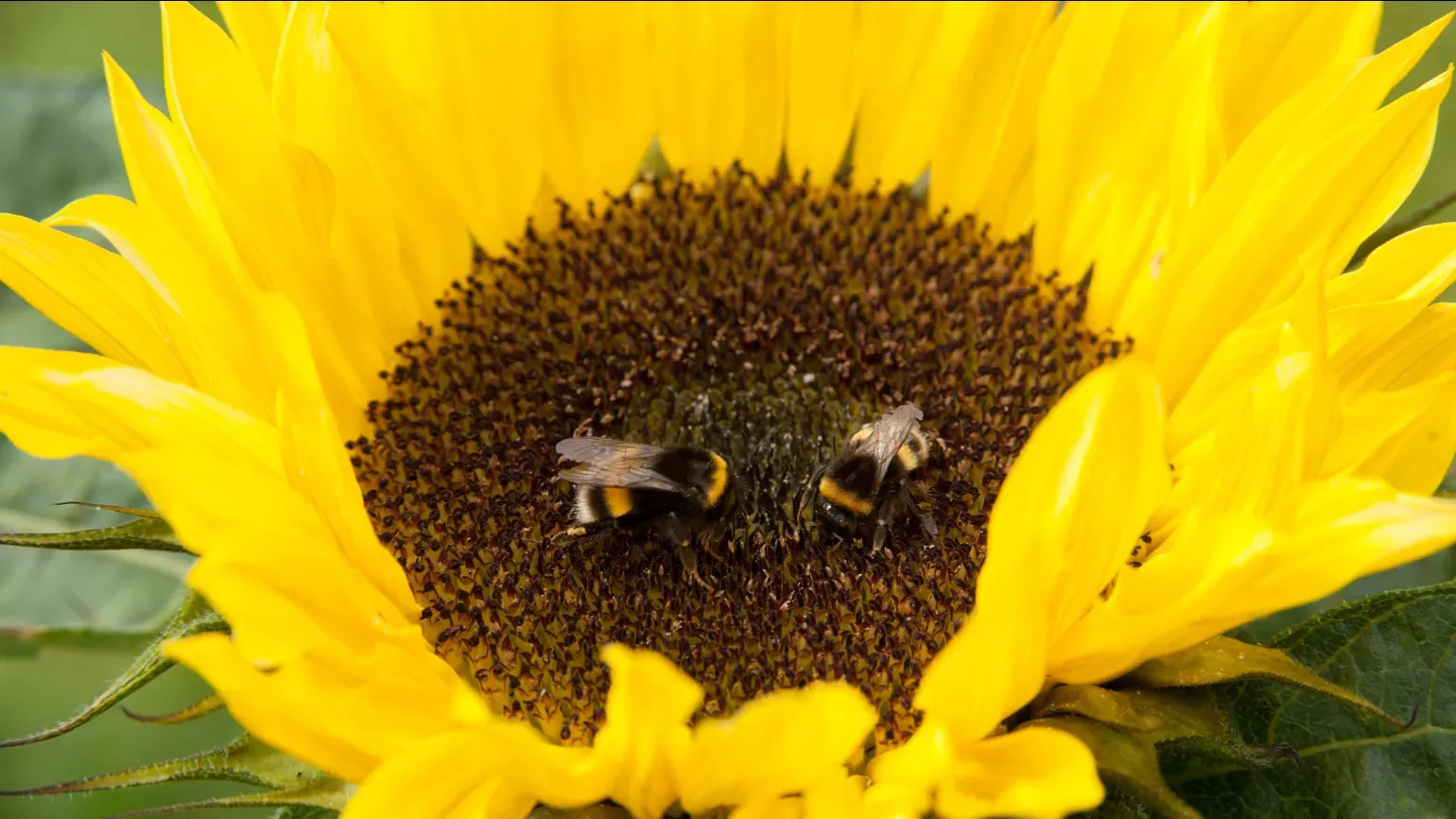
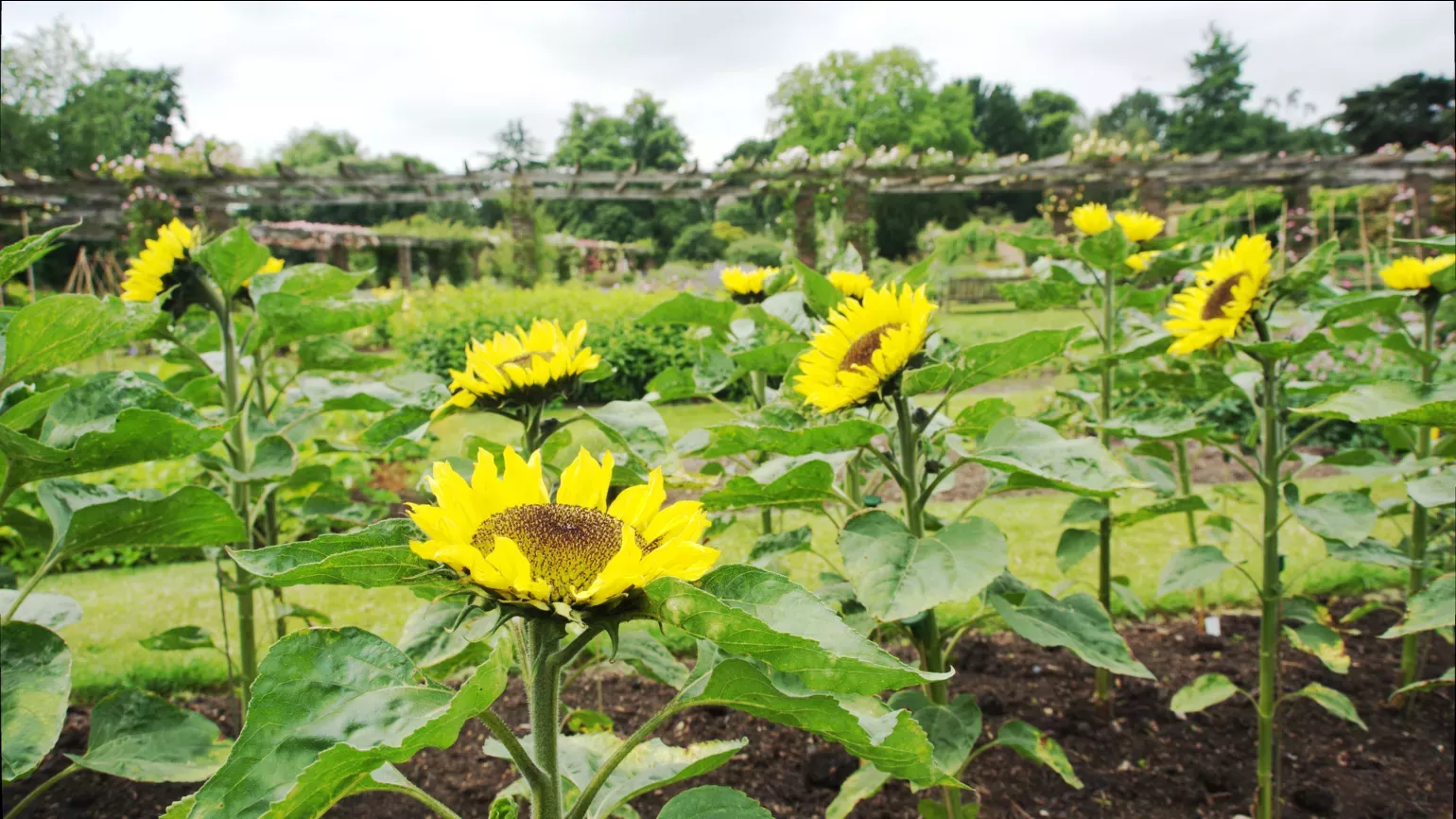

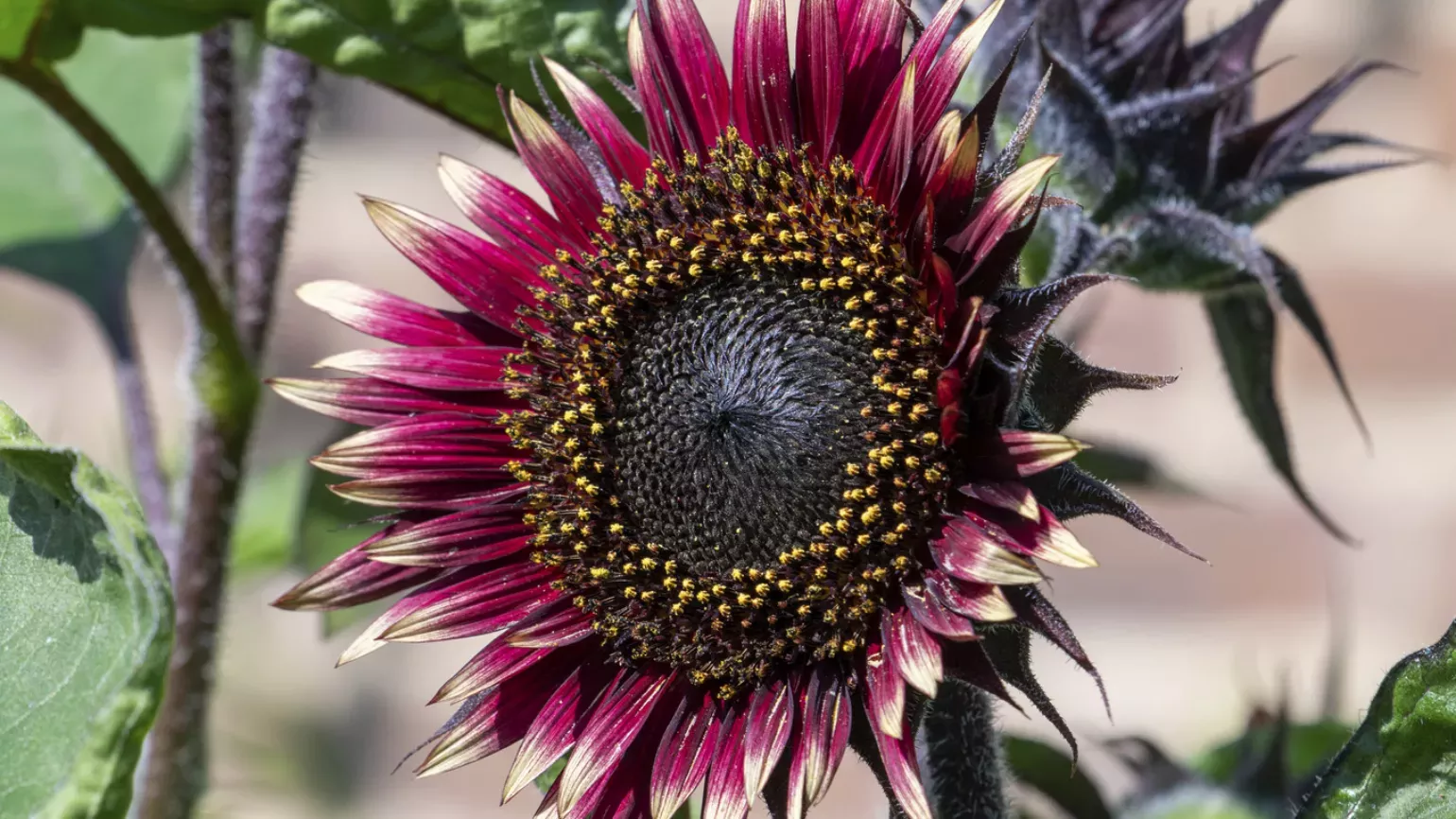
Plant uses
Cultural
The Incas, Aztecs and the Otomi used the sunflower as a symbol to represent their various sun gods.
The sunflower is the national flower of Ukraine, which is one of the largest producers of sunflower oil in the world.
Food and drink
Sunflower seeds are processed to create sunflower oil, a cooking oil that is both cheap to produce and high in unsaturated fats.
Sunflower seeds are eaten both raw and roasted as a snack. They can also be processed to create sunflower butter, an alternative to peanut butter.
Sunflower oil can be processed into margarine.
Some Native American peoples use ground sunflower seeds to make bread-like products.
Did you know? Sunflower petals are edible, but they aren't widely eaten due to their flavour.
Materials and fuels
The left-over husks from processing sunflower seeds into oil are used as animal feed.
Sunflower oil can be mixed with diesel to produce biofuel.
Did you know?
Sunflowers can remove toxic elements from soils, like lead and uranium, and have been used in clean-up operations at both Chernobyl and Fukushima.
As ornamentals, there are a wide variety of sunflower cultivars, including ‘Aztec Sun’, ‘Mongolian Giant’ and ‘Teddy Bear’.
Despite their name, sunflower seeds are actually the fruit of the sunflower, known as an ‘achene’.
The common sunflower is part of the Aster family, which also includes artichoke, lettuce, chamomile and safflower.
While they are famous for growing to tall heights, there are dwarf cultivars of sunflowers that are suitable for smaller spaces.
Where in the world?
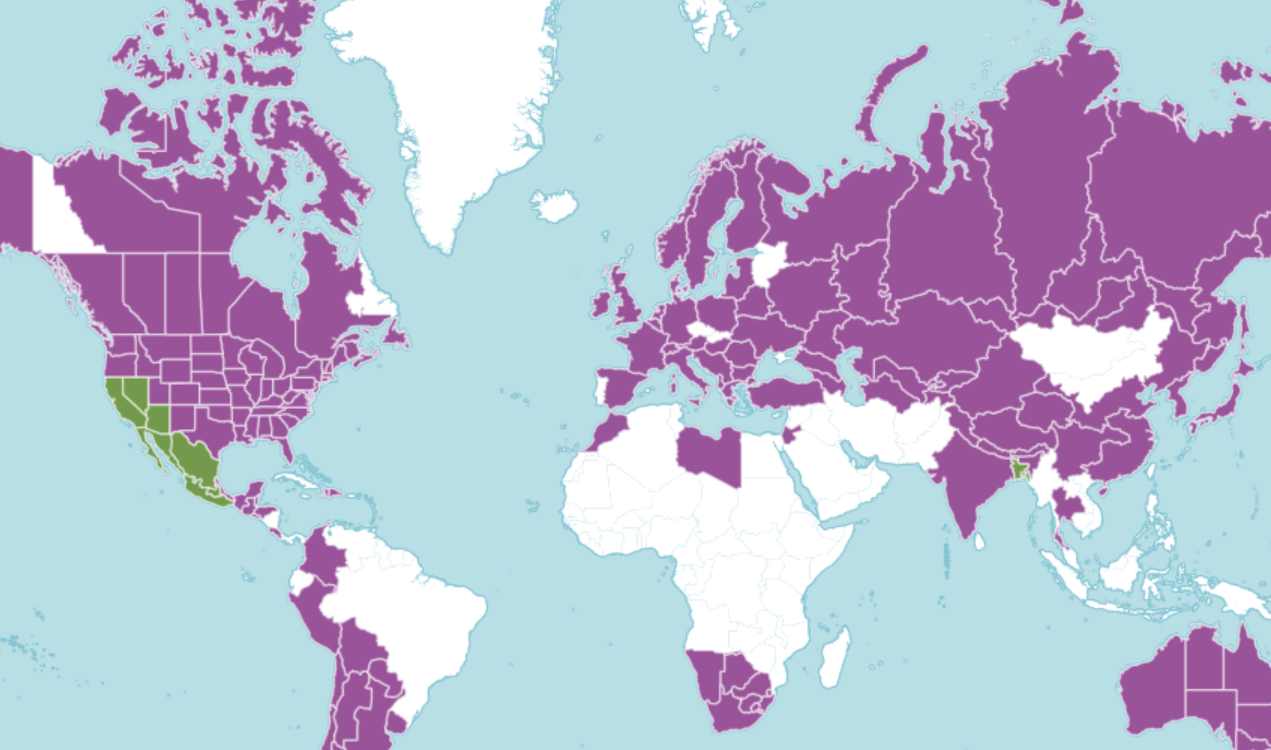
Cultivated in relatively cool temperate to warm subtropical climates. Sunflowers can also be grown in the drier tropical regions but are unsuitable for humid environments. They can grow in a wide range of soils from sandy to clayey provided they are deep and not acidic.
Find it in our gardens
Kew Gardens
A botanic garden in southwest London with the world’s most diverse living plant collection.
Location
View map of Kew GardensBest time to see
Our work
Kew scientists have been working alongside the Global Crop Diversity Trust on a crucial project which has involved collecting seeds from the wild relatives of sunflowers and storing them in our Millennium Seed Bank.
Sunflowers are susceptible to a range of threats, such as Fusarium fungi, parasitic broomrape plants, and downy mildew. As these diseases evolve, diversity in lentil crops will be needed to maintain food security.
The greatest source of genetic diversity comes from crop wild relatives, which can be used in breeding programs to protect our food from disease and environmental stress.
The common sunflower poses a challenge as many of its seeds are short-lived and may not survive a long time in storage. That’s why we’re currently looking at ways to enhance the ‘shelf life’ of the seeds stored in our collections.
